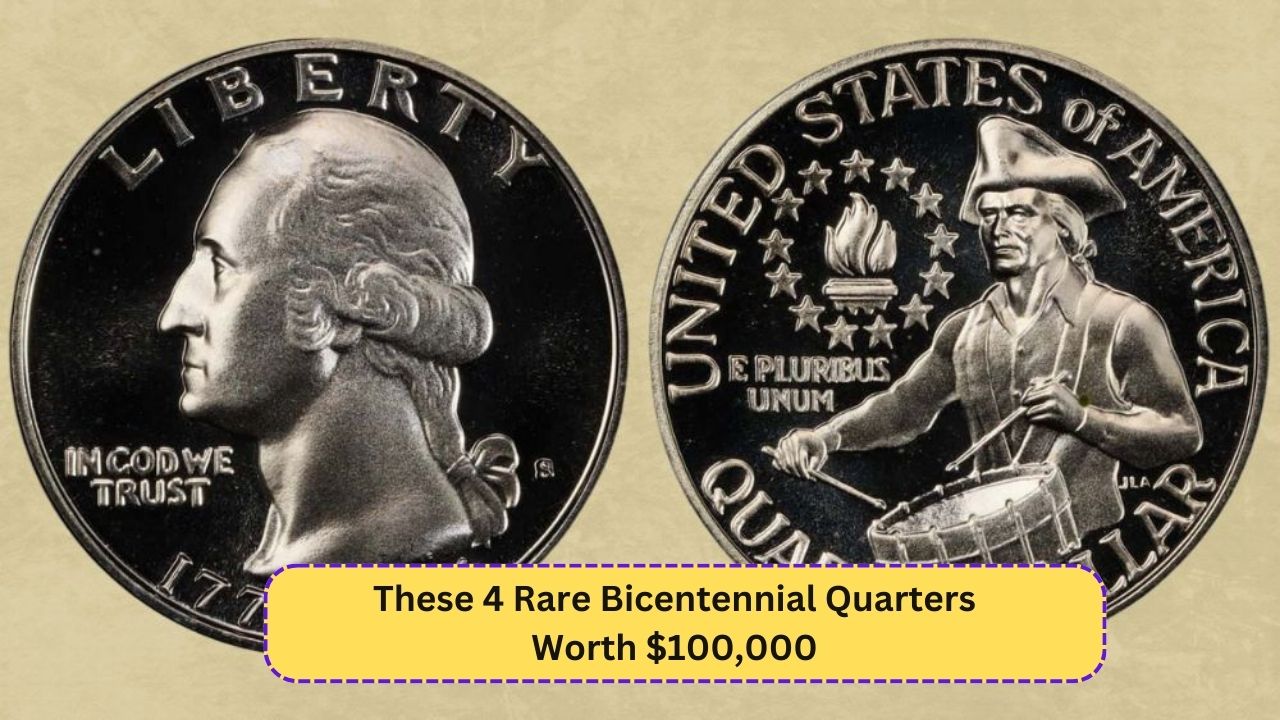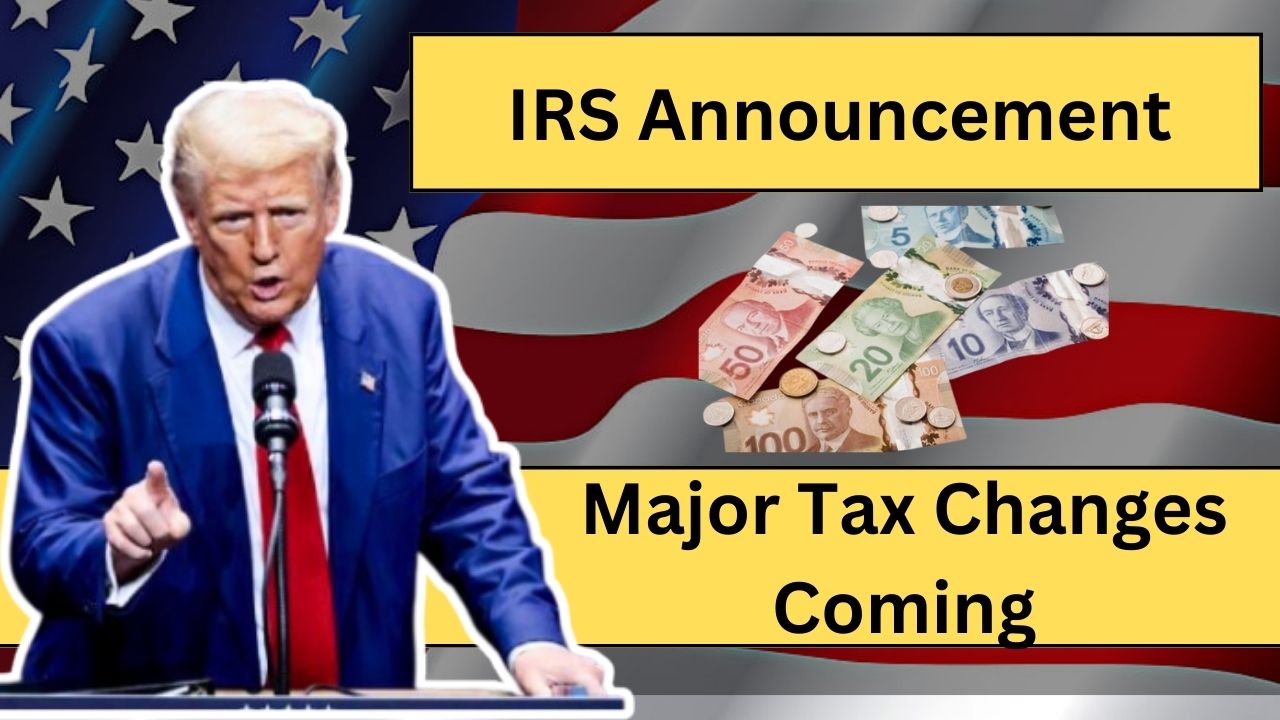Ever heard of treasure that might be hiding in your pocket? Some rare Bicentennial quarters, minted in 1976, are worth thousands – even $100,000! Produced to commemorate the country’s 200th birthday, the Bicentennial quarters were a special creation collectors loved. But what sets some of these coins apart?
What’s Unique About Bicentennial Quarters?
In 1976, the U.S. Mint released quarters with a distinctive Independence Hall image on the back to mark the country’s bicentennial. Most of these quarters look alike, but some have unique features or minting errors that make them highly collectible.
The Top 4 Bicentennial Quarters to Look For
| Quarter Type | Notable Feature | Estimated Value* |
|---|---|---|
| 1976-S Silver Proof Quarter | 40% silver composition | Up to $10,000+ |
| 1976-D Double Die Obverse | Doubled “Liberty” text | Up to $5,000 – $10,000 |
| 1976 No Mint Mark | Absence of mint mark | Up to $7,500+ |
| 1976-S Type 1 & Type 2 | Variations in lettering | Up to $15,000+ |
1. 1976-S Silver Proof Quarter
This coin was created in limited numbers, made of 40% silver. Unlike everyday quarters, its glossy, mirror-like surface stands out. In pristine condition, this coin can reach high values, often fetching $10,000 or more due to its rarity and silver content.
2. 1976-D Double Die Obverse
The Double Die Obverse quarter from the Denver Mint is known for a printing mistake: the word “Liberty” on the coin’s front appears doubled. This error, called “double die,” makes these quarters extremely rare. If you have one in near-mint condition, it could be worth up to $10,000.
3. 1976 No Mint Mark
Most Bicentennial quarters have either a “D” (Denver) or “S” (San Francisco) mint mark. But the 1976 quarter without any mint mark is a treasure because it’s an unexpected rarity. Collectors pay a premium for this anomaly, and if it’s uncirculated, it could easily be worth $7,500 or more.
4. 1976-S Type 1 and Type 2 Variations
This version has two slight design changes, known as Type 1 and Type 2, based on lettering style. Though the differences are subtle, they drive value. Type 1, with thick lettering, and Type 2, with finer details, are both sought by collectors. In top-notch condition, either version could bring in up to $15,000.
Where Can You Find These Coins?
Finding these rare coins might be like hunting for a needle in a haystack, but it’s not impossible! If you have old coin collections, or even a jar of spare change, take a closer look. Many people accidentally overlook these hidden treasures in their daily change.
Tips to Protect and Sell Your Bicentennial Quarter
If you find a rare Bicentennial quarter, keep it safe. Store it in a protective case to prevent scratches or wear. When you’re ready to sell, consider auction sites, professional coin dealers, or coin shows. High-grade coins fetch the best prices, so it’s wise to have your coin evaluated by a grading service.
FAQs
Q1: Why is the 1976-S Silver Proof Quarter valuable?
The 1976-S Silver Proof Quarter is unique due to its 40% silver composition and limited minting, making it popular among collectors.
Q2: What makes the 1976 No Mint Mark quarter special?
The absence of a mint mark is rare, increasing its value as collectors look for these anomalies.
Q3: Can I find these rare quarters in my everyday change?
It’s unlikely, but not impossible! Many people overlook rare coins in old collections or spare change.
So, next time you check your pocket change, take a second glance. Who knows? That loose Bicentennial quarter might just be worth more than you think.
I Work as a Content Writer and I like Writing Articles




